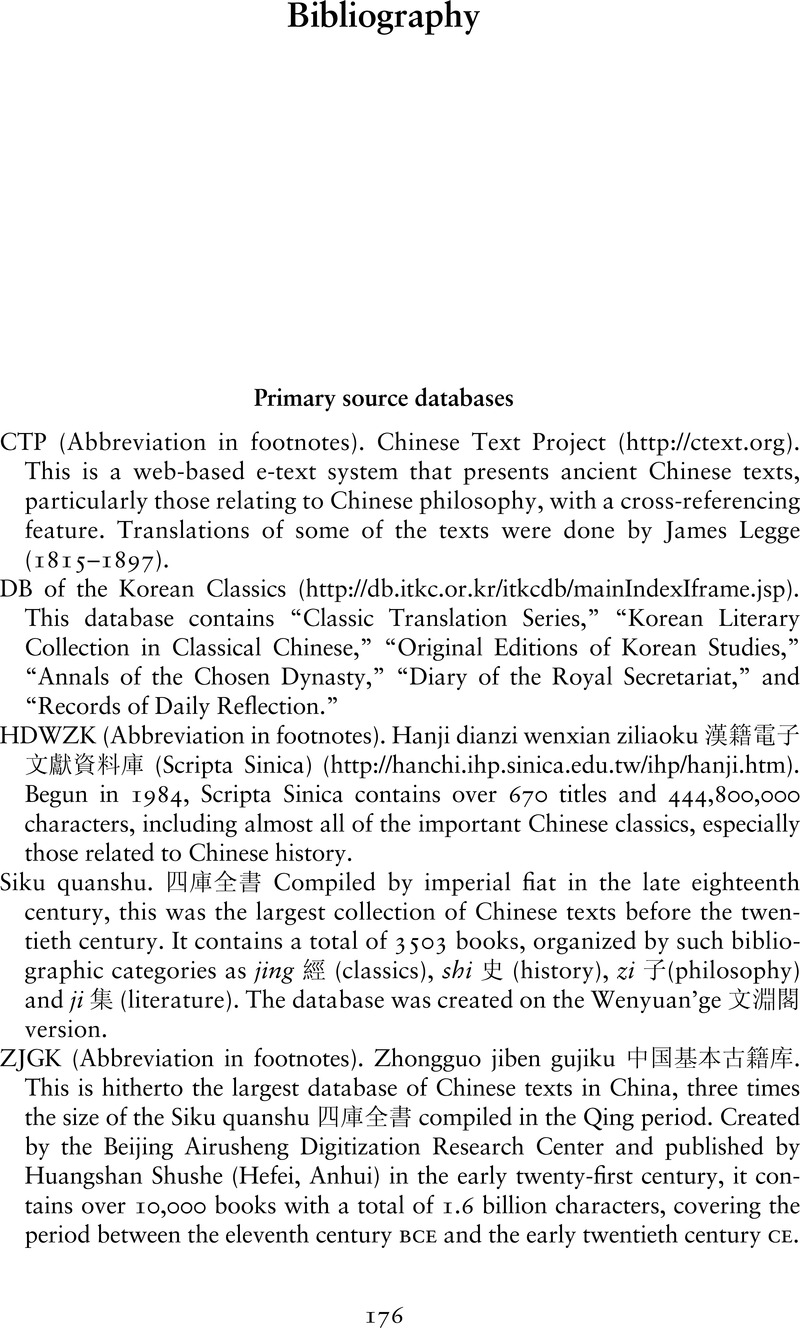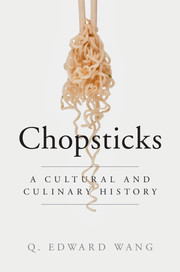Book contents
- Frontmatter
- Dedication
- Contents
- Acknowledgments
- List of Plates
- Timeline
- Map of East Asia
- 1 Introduction
- 2 Why chopsticks? Their origin and original function
- 3 Dish, rice or noodle? The changing use of chopsticks
- 4 Forming a chopsticks cultural sphere: Vietnam, Japan, Korea and beyond
- 5 Using chopsticks: customs, manners and etiquette
- 6 A pair inseparable: chopsticks as gift, metaphor and symbol
- 7 “Bridging” food cultures in the world
- Conclusion
- Glossary
- Bibliography
- Index
- Plate section
- References
Bibliography
Published online by Cambridge University Press: 05 February 2015
- Frontmatter
- Dedication
- Contents
- Acknowledgments
- List of Plates
- Timeline
- Map of East Asia
- 1 Introduction
- 2 Why chopsticks? Their origin and original function
- 3 Dish, rice or noodle? The changing use of chopsticks
- 4 Forming a chopsticks cultural sphere: Vietnam, Japan, Korea and beyond
- 5 Using chopsticks: customs, manners and etiquette
- 6 A pair inseparable: chopsticks as gift, metaphor and symbol
- 7 “Bridging” food cultures in the world
- Conclusion
- Glossary
- Bibliography
- Index
- Plate section
- References
Summary

Information
- Type
- Chapter
- Information
- ChopsticksA Cultural and Culinary History, pp. 176 - 184Publisher: Cambridge University PressPrint publication year: 2015
